CSR (Corporate Social Responsibility) Activities
In all our business dealings, we comply with laws and social norms, as well as consider environmental issues, respect for human rights, and harmony with society. We promote CSR activities as the key to sound corporate activities to enhance the satisfaction of our stakeholders.
Basic Concepts of CSR
1. Compliance with corporate ethics and social responsibility
2. Promotion of social contribution activities
3. Creation of a safe and comfortable homeland
Environmental Conservation
We have a history of handling various technologies related to “Earth, Water and Vegetation”.
Based on our vast experience in damage restoration after earthquakes and heavy rain, we are acting in the following two experimental fields to support maintaining and restoring forests.
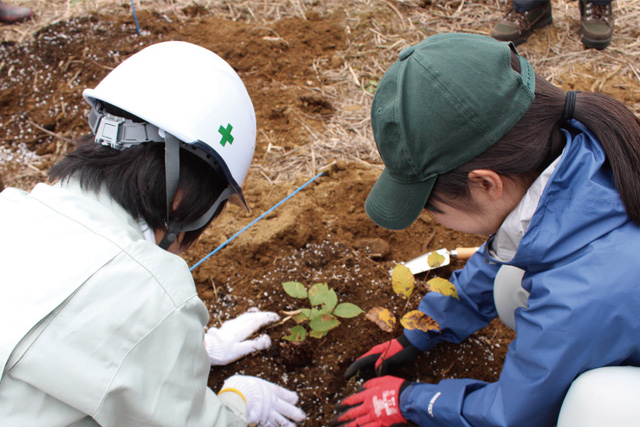
“Somoku Forest” (Nanyo City, Yamagata Prefecture)
Activities started in 2003 with the signing of an agreement between Yamagata Prefecture Forestry Corporation and JCE to create a forest.
Currently, we are working on forest revegetation with the cooperation of the local community for maintenance of about 75 hectares of estate forest in Miyauchi, Nanyo City. The forest was named after the many “Somoku-to” (stone monuments giving thanks for vegetation) that were erected long ago around Nanyo City.
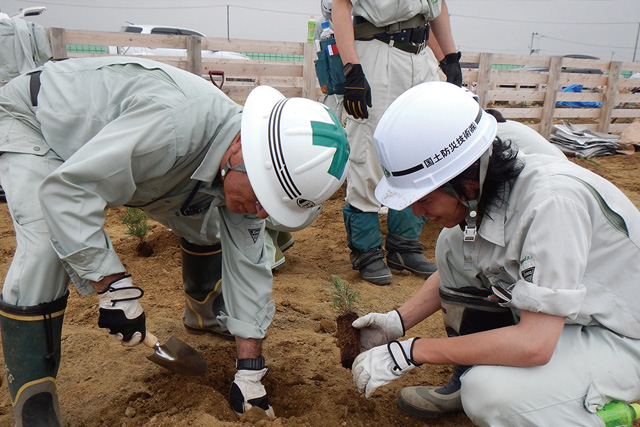
“Forest of Hope” (Higashimatsushima City, Miyagi Prefecture and Soma City, Fukushima Prefecture)
We are also working on the revitalization of coastal disaster prevention forests damaged by the tsunami of the Great East Japan Earthquake.
As a company engaged in reconstruction for the future, we will carry out long-term cultivation and maintenance until planted seedlings are fully grown.
We utilize these activities as an opportunity for employees to learn through experiencing forest maintenance and training in afforestation technology.
NIJIMATSU PROJECT
Niji-no-Matsubara Regeneration and Conservation Activities (photo)
The Niji-no-Matsubara pine forest generates about 1000t of pine needles annually. Without disposing of those pine needles, it would be difficult to maintain the beautiful scenery that earned this pine forest its designation as a special place of scenic beauty. With the development of an adoption program in 2008, there are currently about 6,200 volunteers a year promoting conservation efforts through activities such as raking pine needles.
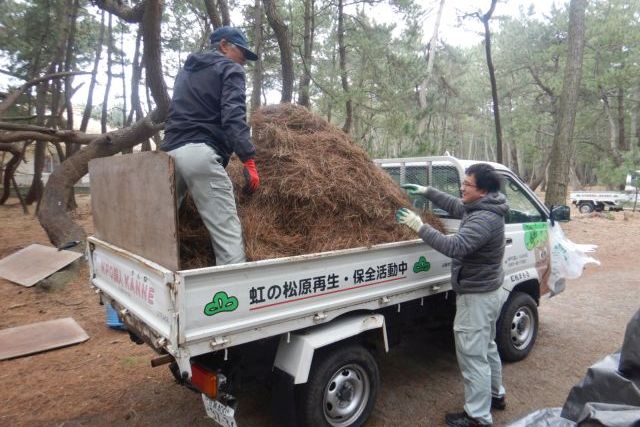
Artificial Humification Technology
With the artificial humification technology possessed by Japan Conservation Engineers & Co., Ltd., we have succeeded in extracting humus and fulvic acid, considered very valuable in nature, from the pine needles accumulated through conservation activities.
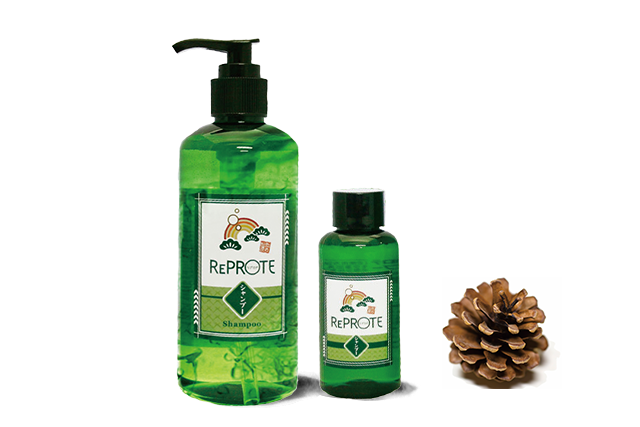
Pine Needle Recycling Product Development & Sales
With the use of humus and fulvic acid extracted from pine needles accumulated through conservation activities came the creation of a new premium shampoo and functionalized base material.
Disaster risk reduction and Environmental Education
When you work side by side with nature, you may be surprised by the various natural phenomena that occur. We conduct disaster prevention and environmental education to learn about disasters and the environment surrounding us while at the same time appreciating the power and charm of nature.
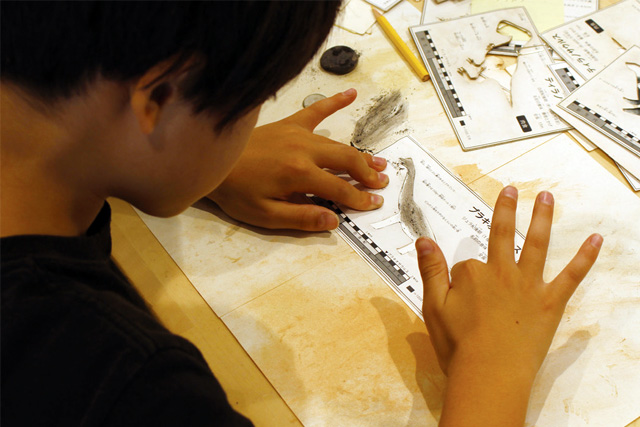
Dopas (Earth Pastels)
By reusing raw materials such as clay and soil collected during geotechnical investigation of landslides, we have developed pastels for drawing pictures to utilize during our disaster prevention and environmental education activities.
The name “Dopas” is a combination of “do”, which means soil in Japanese, and “pas”, which is short for pastel.
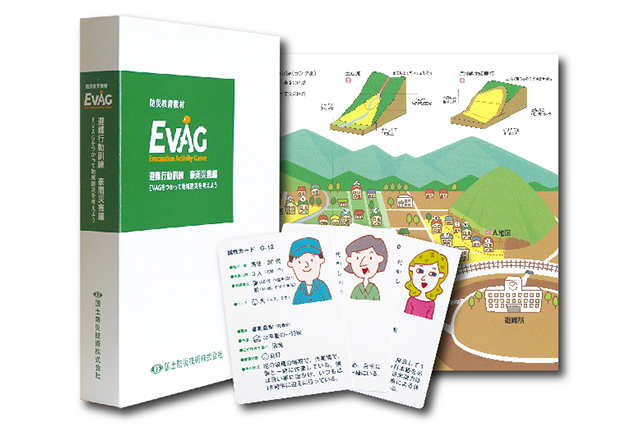
Evacuation Activity Game (EVAG)
In recent years, demand for education about disaster prevention is increasing. “EVAG” is an educational tool for disaster prevention that focuses on evacuation behavior. We can experience various problems that may be encountered during an evacuation in a simulation exercise. It helps participants notice the diversity of their local community and the importance and necessity of helping each other.
SDGs (Sustainable Development Goals)
At the United Nations Summit in September 2015, “the 2030 Agenda for Sustainable Development” was adopted, including Sustainable Development Goals (SDGs). In the agenda, “Sustainable Development Goals (SDGs)” consisting of 17 Sustainable Development Goals and 169 targets as action plan is shown, and all countries and all stakeholders are acting in collaborative partnership in order to achieve the goal it is.
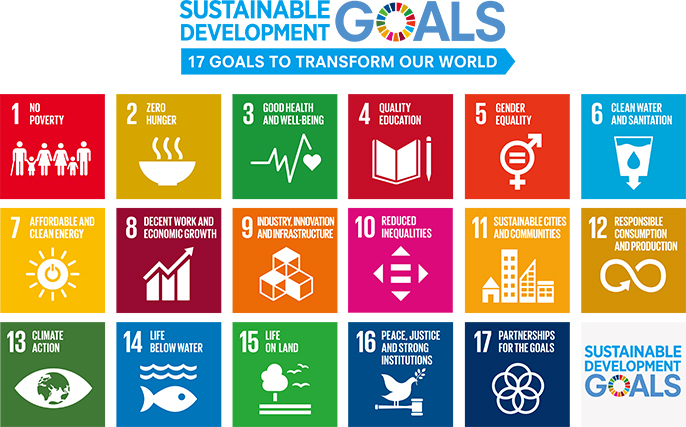
Our SDGs
We are pursuing the development of sustainable society by minimizing the damage from natural disasters and contributing to social development. Of the eight priority areas listed in SDGs implementation Guiding Principles in Japan, mainly contributes to four priority areas.



